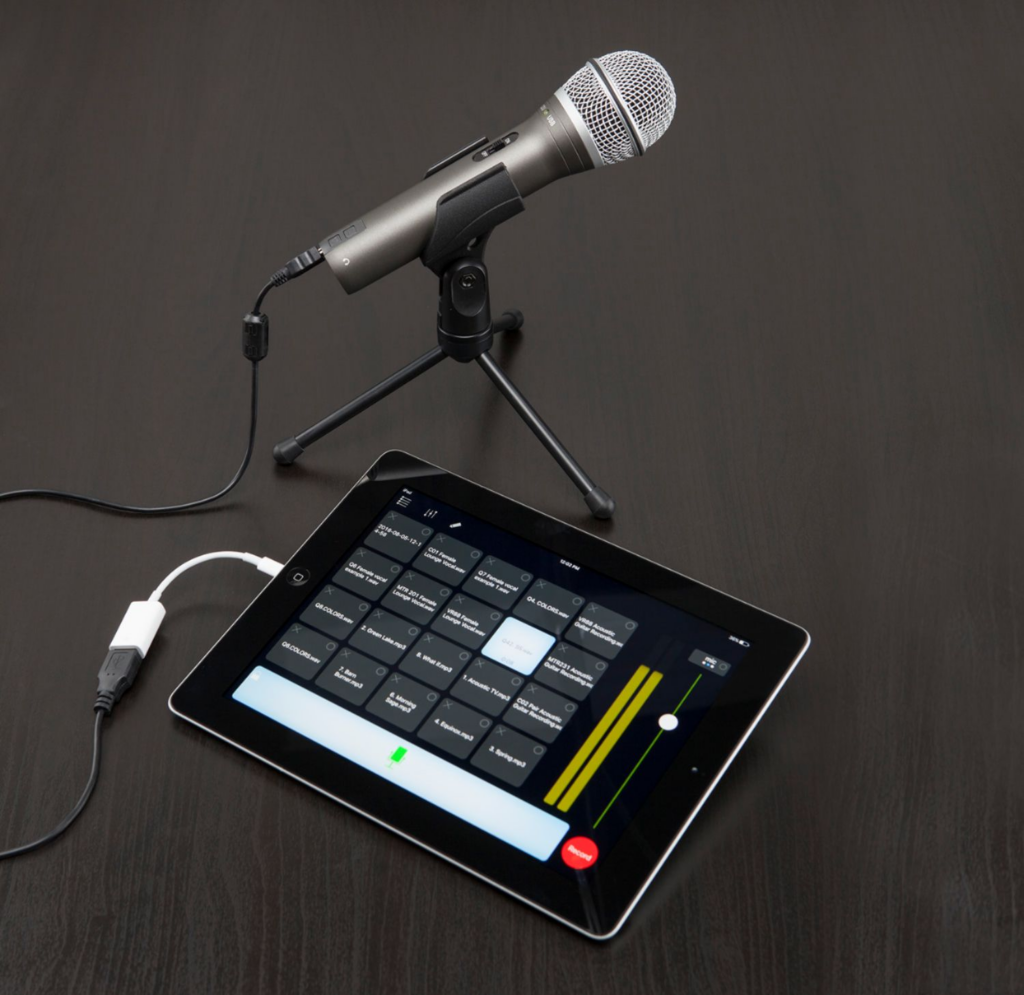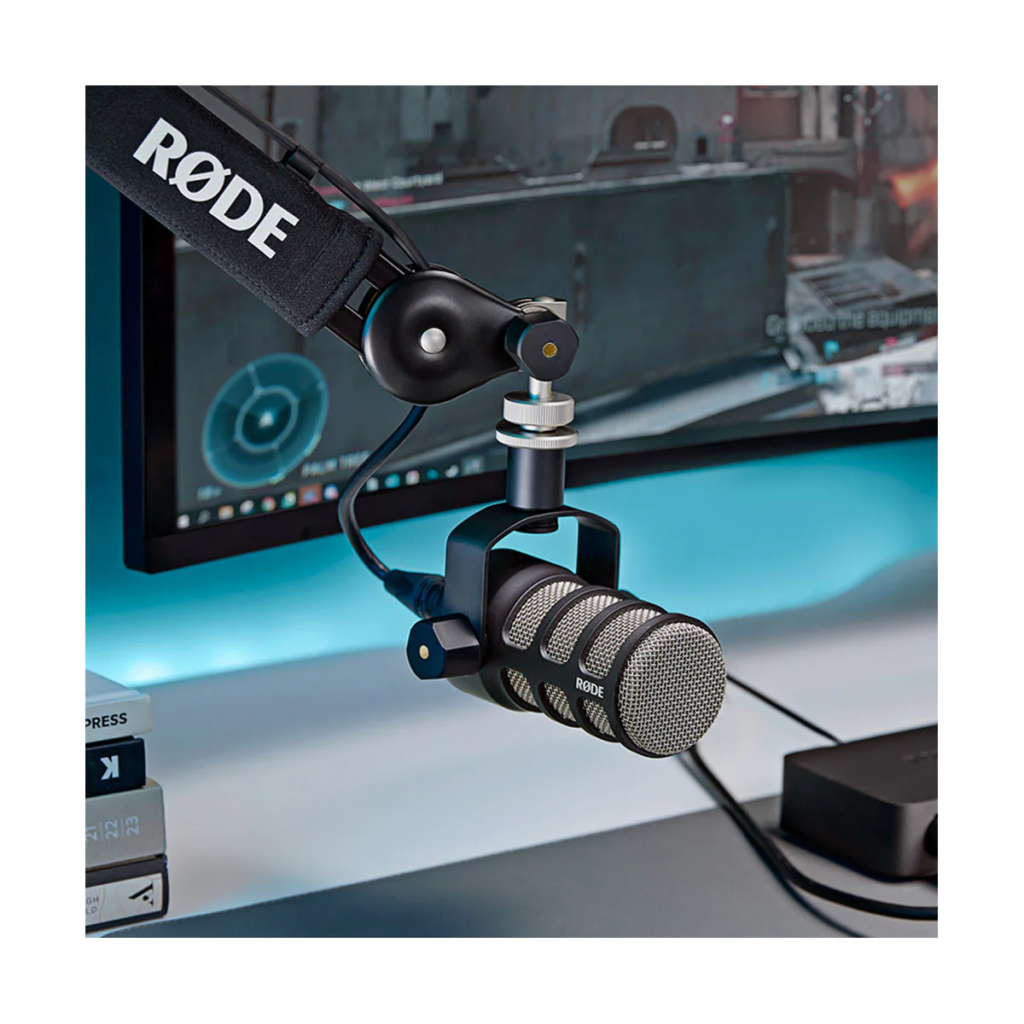Podcast consumption has been growing significantly around the world. To give you an idea, according to a study by Edison Research, 90 million American adults listen to programs at least once a week. To create amazing podcasts, amazing USB microphones are a must.
In many cases, the quality of the video can even be overlooked; after all, the focus of a podcast is on audio quality, since the conversation is always the most important element. Therefore, investing in the right equipment makes all the difference in engagement and user experience.

Why USB microphones for podcasting?
USB microphones are incredibly easy to install and configure. Some professional devices are somewhat difficult to install, as they require specific hardware to connect; on the other hand, the ones listed in this article can be automatically recognized by computers and smartphones.
Plus, USB microphones take up less space, too. You don't need to buy a sound card or mixing board to make them work properly.
In general, the capacitors These are the most commonly used USB microphones for podcasts. They are capable of capturing a wide range of frequencies and provide crystal-clear audio quality with well-defined bass, mids and treble.
Consider these points before purchasing your microphone
Before embarking on the growing world of podcasts, follow the steps below to make your shows a real success:
- USB condenser microphones are more sensitive to external sounds. Therefore, remember to take acoustic precautions with the environment;
- Articulating microphone stands make a big difference. You can adjust the device however you want – and so can your guests;
- How many participants do you plan to bring to your podcast? Consider this information carefully when deciding your budget;
- Choose a good podcast editing software. Audacity, GarageBand, and Adobe Audition are all great options.
The best USB microphones for podcasts
Ready to record relevant content and take it to the world? Time for recommendations.
HyperX Quadcast S

Image: TechTudo
This is one of the most popular models in the world when it comes to podcasting or game streaming. There's no shortage of reasons for this. In addition to being beautiful, with gorgeous configurable RGB colors and modern curves, it has excellent audio quality and very simple-to-use software, NGENUITY.
Additionally, it comes with a high-quality reinforced cable in the box, with great range. Underneath the device, there is a pickup gain control that can be quickly manipulated, should you need to increase or decrease the range of the device.
On the top, there’s a touch-sensitive button to completely mute the microphone. This is an extremely useful feature, especially when live streaming. The RGB remains off while the microphone is muted.
Its value is quite inviting, being one of the most incredible entry options for the price charged for it.
Samson Q2U

Image: Aliexpress
Want to start with something simple without compromising on the quality of your streaming? The Samson Q2U is one of the most affordable options on this list – which doesn’t mean it’s a bad choice. In fact, quite the opposite.
It has USB/XLR connectivity and has an excellent balance of bass, mids, and treble. Like the Quadcast, the Q2U has very convenient volume and mute controls; after all, practicality and podcasts always need to go hand in hand.
What’s more, it comes with cables, a stand, foam, and several other accessories in the box. This can help you cut costs even further, as well as save you time searching for essential accessories to complete your studio.
RUN SMARTLAV+

Image: gadgetexplained.com
This is a USB lavalier microphone designed for one person. Because it clips onto your shirt, your audio always comes out perfect, regardless of your posture in front of the camera. It is also quite discreet, which helps maintain a minimalist podcast image.
It is impossible to forget the impeccable audio quality that RODE provides, in addition to the sensational finish that promises many years of good use. Another advantage of this device is the fact that it is versatile in any type of environment – even in the noisy streets of large cities.
External noise cancellation on USB lavalier microphones is one of the most recommended; if you need a device to be used in open and less intimate environments, seriously consider this model.
Read also: Ultimate Guide to Choosing a Good Headphone
Shure SM7B

Image: Star's Music
When it comes to studio-quality USB microphones, Shure is an international reference. Its finish is sober, modern and very beautiful, ideal for any type of scenario. Voice capture is extremely clear and natural; because of this, it is one of the main choices of the biggest podcasts in the world.
If you can afford to pay a little more than the other models, this is the best option on this list (and one of the most robust on the market, too). Its construction is impeccable and guarantees many, many years of use without any problems.
It's no wonder that so many radio broadcasters use the Shure SM7B. The set of features it brings together are only found in even more expensive devices. This gadget is recommended for podcasters who want to offer the best to their respective audiences.
RODE PodMic Podcasting

Image: Pictureline
Are you looking for the best value for money? The PodMic Podcasting is one of the best value USB microphones in terms of quality and price. It's not the cheapest, but it's not as expensive as the Shure SM7B; however, the crystal clear audio quality is remarkable, in addition to its classic and beautiful aesthetics.
It has XLR and USB-C connectivity, which is great for quickly connecting it to any other modern device. And just like all the others, it has connectivity with conventional audio interfaces and mixers.
Which USB microphones caught your eye?
There are incredible options for all profiles and budgets, right? What do you need to create the best podcast? Have you used any of the models mentioned above? Share your experiences with others!

